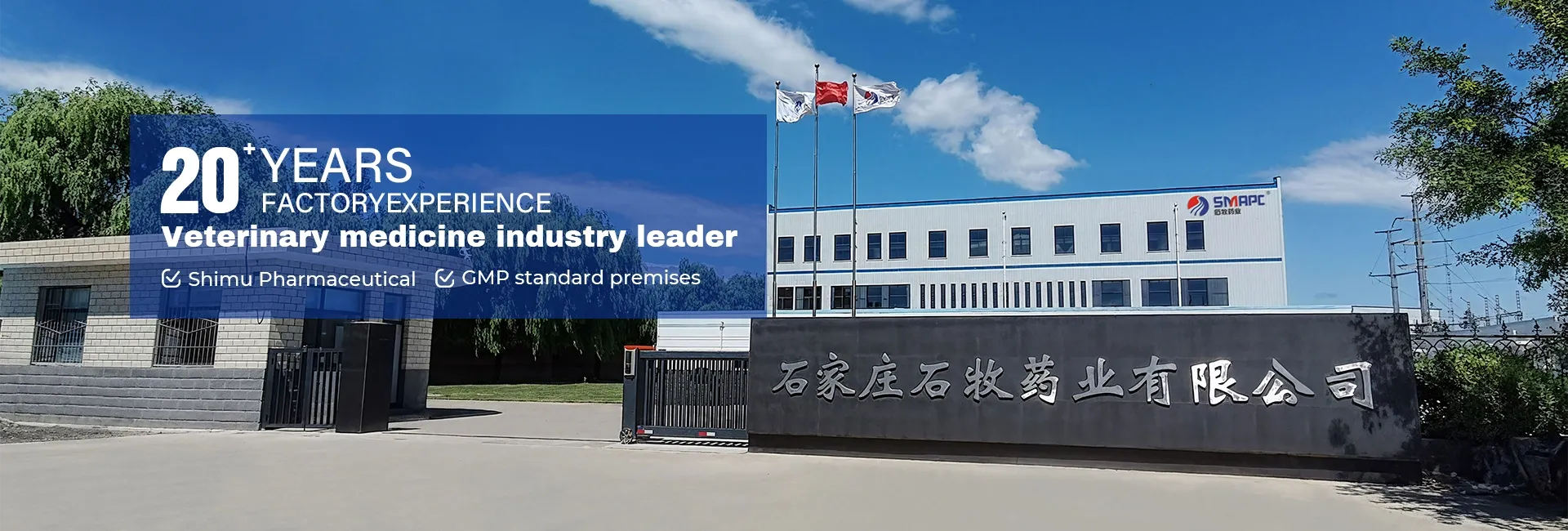In conclusion, while a vegan diet can be a healthy choice for dogs, ensuring a balanced and nutritious intake requires more than just thoughtfully selected foods. Vegan dog multivitamins serve as a beneficial complement, filling nutritional gaps and supporting overall well-being. By providing these supplements, pet owners can foster a holistic approach to their dogs’ health, allowing them to thrive on a plant-based diet while enjoying a healthy, active lifestyle.





